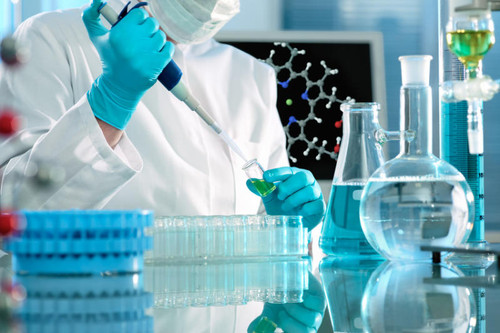Advance In Fabricating 3-D Tissues And Organs Using Human Embryonic Stem Cells

An innovative 3D printing technique has been recently used to arrange human embryonic stem cells (hESCs) by the team of researchers from Heriot-Watt University in collaboration with Roslin Cellab, a stem cell technology company. They expect that this breakthrough will enable creation of the three-dimensional tissues and structures using hESCs, which could speed up and improve the process of drug testing. Dr Will Wenmiao Shu from Heriot-Watt University, the co-author of the study, reports “The generation of 3D structures from hESCs will allow us to create more accurate human tissue models which are essential for in vitro drug development and toxicity-testing. Since the majority of drug discovery is targeting human disease, it makes sense to use human tissues.” In most of the previous studies animal cells have been used to test the different printing methods to produce the structures. In future this new method of printing may also be used while incorporating hESCs into artificially created organs and tissues ready for transplantation into patients suffering from a variety of diseases. Jason King from Roslin Cellab claims “This is a scientific development which we hope and believe will have immensely valuable long-term implications for reliable, animal-free drug-testing and, in the longer term, to provide organs for transplant on demand, without the need for donation and without the problems of immune suppression and potential organ rejection.”
Via:sciencedaily.com
| Tweet |











